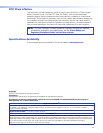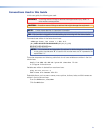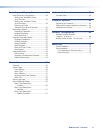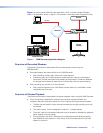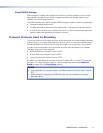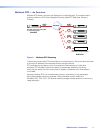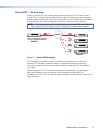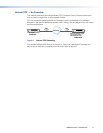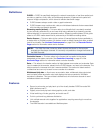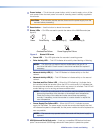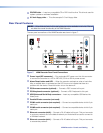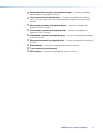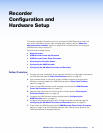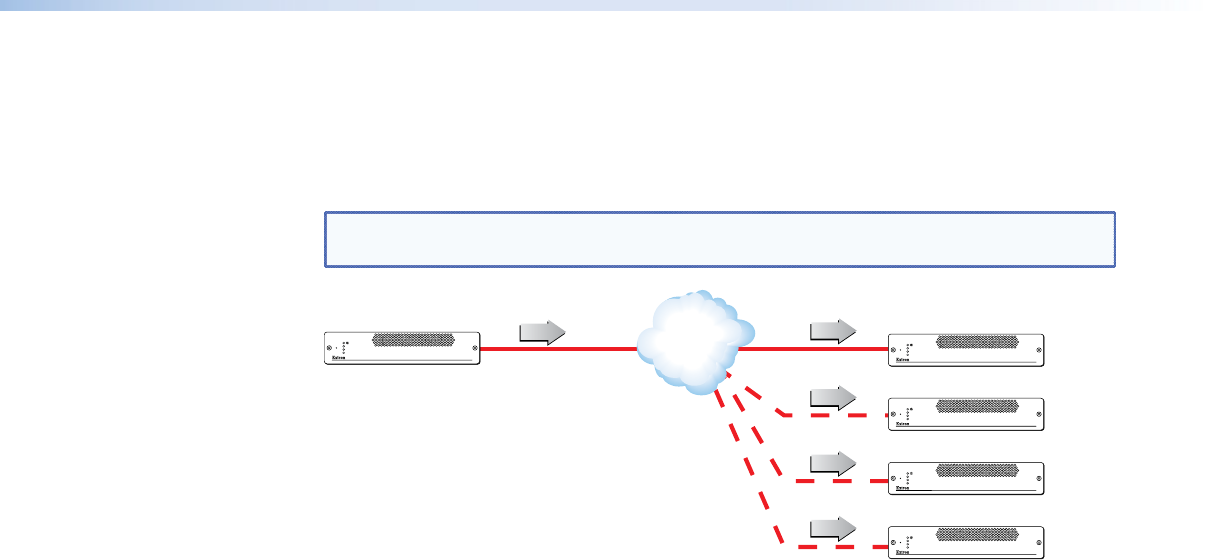
Unicast RTP — An Overview
Similar to multicast RTP, this method uses a real‑time variation of UDP protocol, called
unicast RTP. This method can be used where the network infrastructure does not support
multicast traffic. Typically, this protocol is used for point‑to‑point configuration (single source
to single display), but can be configured to use up to a maximum of four displays.
NOTE: The encoder sends an individual stream to each decoder. This means that the
total bandwidth of the VN‑Matrix system increases as more decoders are added.
RTP 3
RTP 4
RTP (1-4)
VN-MATRIX 225 SERIES
RGB/DVI OVER IP
LAN-1
LAN-2
STATUS
VN-MATRIX 225 SERIES
RGB/DVI OVER IP
LAN-1
LAN-2
STATUS
VN-MATRIX 225 SERIES
RGB/DVI OVER IP
LAN-1
LAN-2
STATUS
VN-MATRIX 225 SERIES
RGB/DVI OVER IP
LAN-1
LAN-2
STATUS
VN-MATRIX 225 SERIES
RGB/DVI OVER IP
LAN-1
LAN-2
STATUS
Network
DISPLAYS
SOURCE
Encoder sends data using RTP
to up to 4 specified decoders.
RTP 1
RTP 2
Figure 3. Unicast RTP Streaming
RTP provides very low latency which is important for video streaming. Unlike other
protocols, RTP packets include a time stamp. If packets are received in the wrong
order, they are sorted into the correct order for display or discarded if the time stamp is
out‑of‑date.
However, because RTP is a connectionless protocol, data delivery is not guaranteed.
When data packets are lost (for example, due to excessive network traffic), the
VN‑Matrix 200 / 225 / 300 / 325 devices carefully manage the data stream to minimize any
image disruption.
VNM Recorder • Introduction 5



